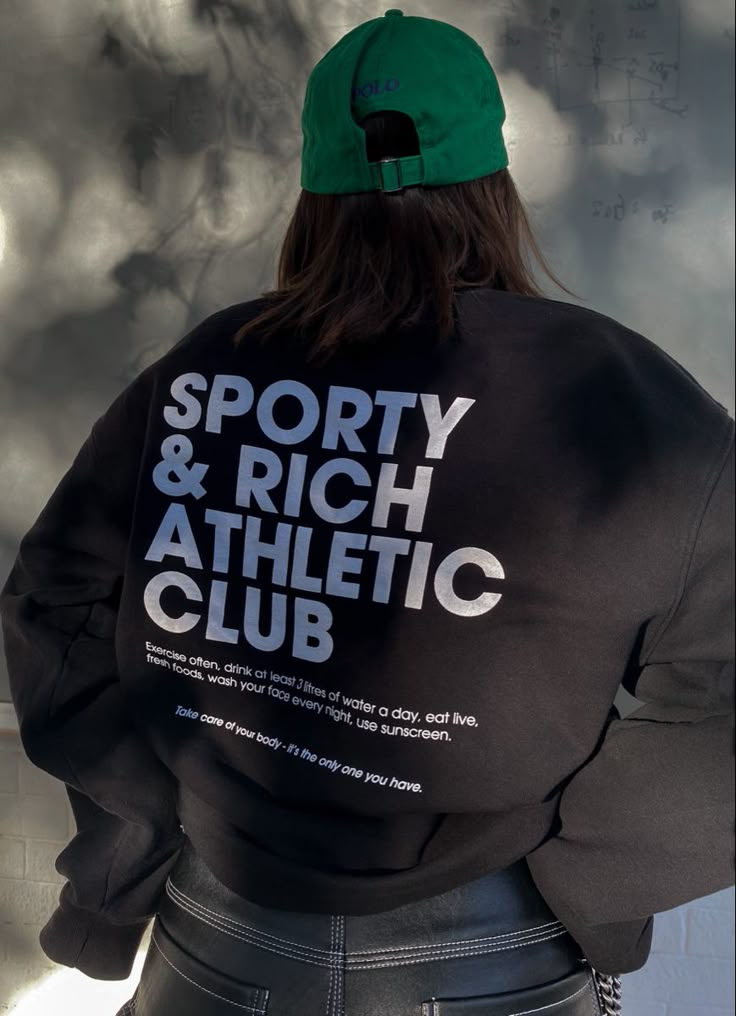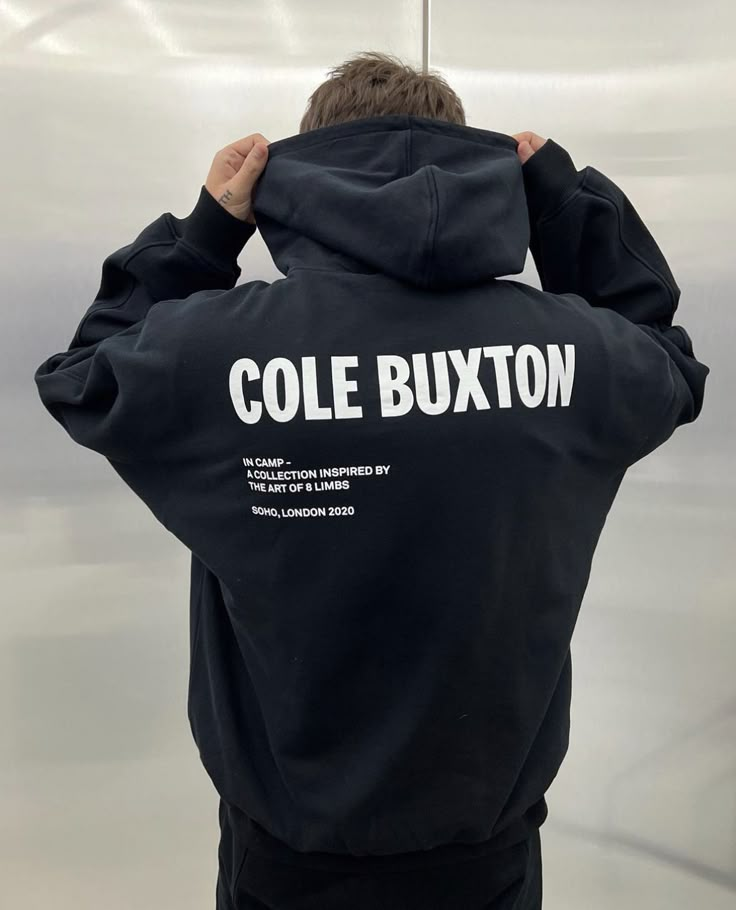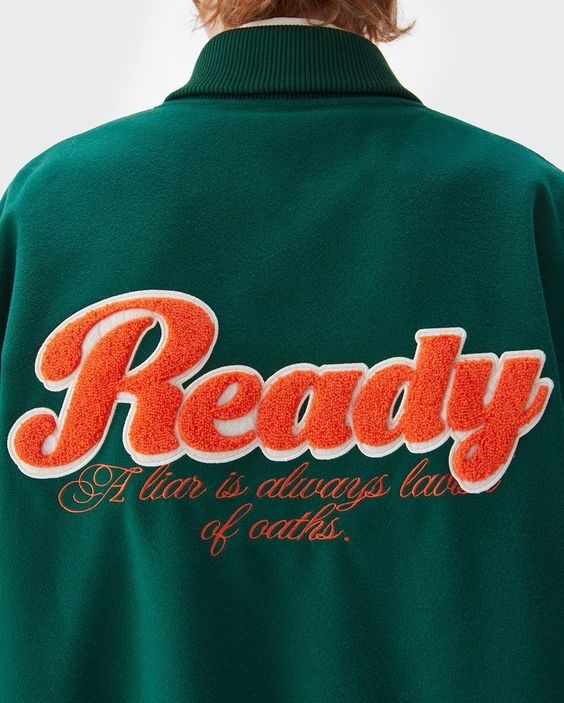Introduction
As we move deeper into the heart of the 2020s, fashion stands at a crossroads of innovation, sustainability, and bold self-expression. The year 2025 promises a redefinition of what it means to dress stylishly, blending cutting-edge technology, environmental responsibility, and global cultural inspirations into a dynamic new vision.
Future chic isn’t just about looking good—it’s about feeling empowered, making conscious choices, and embracing the limitless possibilities of personal style. Let’s explore what defines fashion in 2025 and how it’s setting the stage for the decades to come.
The Rise of Sustainable Elegance
In 2025, sustainability is woven into the very fabric of fashion—literally and figuratively. Designers and consumers alike recognize that elegance must also be ethical. Recycled materials, biodegradable fabrics, and innovative textiles derived from plants, algae, and lab-grown fibers are mainstream choices.
Luxury no longer solely means exclusivity; it represents a commitment to environmental stewardship. Labels proudly display supply chain transparency, and certifications such as “climate positive” have become essential marketing points. Sustainable elegance marries timeless design with responsible production, creating clothing that honors both artistry and the Earth.
Tech-Infused Fashion: Wearables Beyond Imagination
Gone are the days when wearable tech was limited to clunky fitness bands. In 2025, fashion is seamlessly integrated with technology. Smart fabrics monitor your health, adjust to environmental conditions, and even power your small devices.
Adaptive clothing changes its color or insulation based on the weather. Interactive garments allow personalization with a swipe of your smartphone.
Luxury houses collaborate with tech giants to create collections that are both aesthetically stunning and functionally groundbreaking. Fashion is no longer passive—it’s dynamic, responsive, and intimately attuned to the wearer’s lifestyle.
Neo-Minimalism: The Power of Understated Luxury
After years of maximalist trends, 2025 welcomes a return to refined simplicity. Neo-minimalism champions clean lines, subdued palettes, and impeccable tailoring.
Rather than loud logos or excessive embellishments, fashion statements are made through craftsmanship and subtle details: the perfect drape of a fabric, the precision of a seam, the luxurious feel of natural fibers.
Wardrobes are curated with intent, favoring versatile pieces that transition effortlessly across seasons and settings. Neo-minimalism isn’t about having less—it’s about having better, smarter, more meaningful clothing choices.
Streetwear Evolution: From Urban Roots to High Fashion
Streetwear has matured into a sophisticated pillar of contemporary style. While it remains rooted in the spirit of rebellion and self-expression, 2025’s streetwear is polished, experimental, and influential at the highest levels of fashion.
Bold graphics, oversized silhouettes, and statement sneakers are still celebrated, but now they’re fused with elevated tailoring, premium materials, and forward-thinking collaborations.
Cultural authenticity remains central, with streetwear brands championing diverse narratives and community-driven creativity. Streetwear in 2025 isn’t just fashion—it’s a movement, a voice, a revolution.
Genderless Glamour: Style Without Boundaries
Fashion in 2025 fully embraces the fluidity of identity. Traditional gender norms have given way to a celebration of personal expression unrestricted by binary classifications.
Designers craft collections based on emotions, attitudes, and forms rather than gendered categories.
Blazers, skirts, boots, and accessories are designed for every body, encouraging wearers to explore aesthetics beyond outdated labels.
Retail environments reflect this shift, offering gender-neutral spaces where creativity takes precedence over convention. Genderless glamour invites everyone to dress for who they are, not for who society expects them to be.
Eco-Luxury: Merging Sustainability With Opulence
Luxury fashion has entered its most meaningful phase yet. Eco-luxury fuses traditional craftsmanship with modern environmental consciousness, proving that opulence and responsibility can coexist.
Rare organic materials, regenerative farming techniques, and zero-waste ateliers define high-end production processes.
Haute couture pieces are treasured investments, designed to last generations rather than seasons.
For the luxury consumer in 2025, status isn’t about excess—it’s about intentionality, ethics, and excellence in both design and impact.
Digital Fashion and the Metaverse
The boundary between the physical and digital realms continues to blur. In 2025, digital fashion is a booming industry in its own right.
Brands create exclusive virtual garments worn in the Metaverse, online gaming worlds, and augmented reality spaces.
Consumers curate their digital wardrobes with the same care and investment as their physical ones, sometimes even more.
Virtual fashion allows for limitless creativity: garments defy gravity, shift forms, and glow with impossible colors.
It’s not just fun—it’s a revolution in how we express identity, community, and aspiration online.
Smart Retail: The Future of Shopping
Shopping experiences in 2025 are immersive, personalized, and tech-driven. Physical stores are no longer mere points of sale; they are interactive showrooms blending augmented reality, virtual try-ons, and AI personal styling.
Customers browse through curated collections based on their tastes, body types, and previous purchases, making shopping more efficient and enjoyable.
Sustainability dashboards within stores inform consumers about the environmental impact of each purchase in real-time.
Retail is now an experience—a fusion of storytelling, technology, and service designed around the individual.



